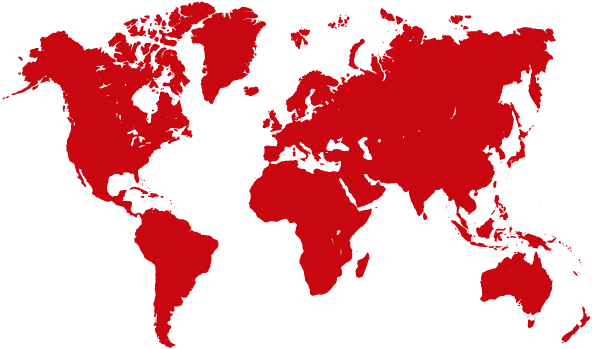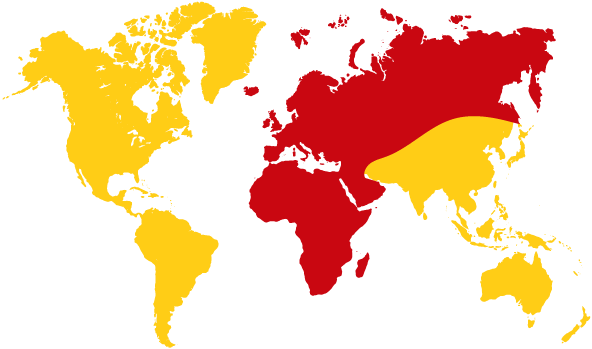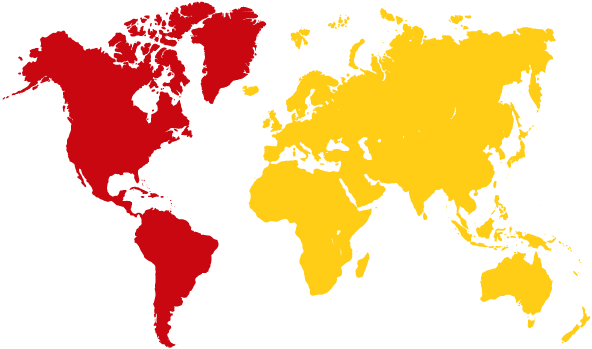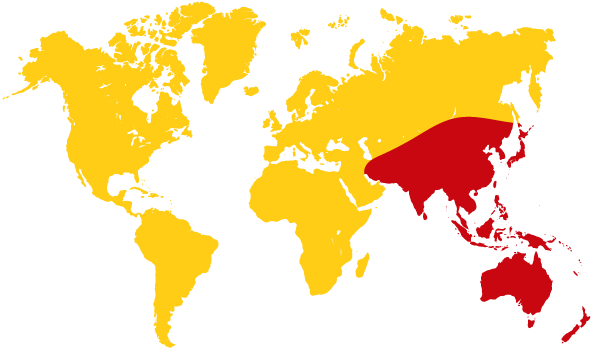To exist, amateur radio must have access to the radio frequency spectrum. Without it, our radio equipment is like an automobile without a road or a boat without water — interesting to look at, perhaps, but utterly useless.
Amateur radio exists for the purpose of self-training, intercommunication and technical investigations. To accomplish these broad objectives, amateurs must be afforded reasonable access to the radio spectrum from the lowest frequencies to the highest. Yet, spectrum access is an increasingly valuable commodity. Commercial interests willingly pay billions of dollars for access to the frequencies they require in order to be able to sell telecommunications services. The radio spectrum is so valuable that even government and military users are under great pressure to relinquish frequencies for commercial exploitation.
In such an environment, how can we radio amateurs defend and expand our spectrum access? By definition, our interest in radio is not financial. We can hardly afford to compete, dollar for dollar, with commercial interests. Nor can we compete with them for attention; our individual voices are too weak to be heard over their extravagant claims and frenzied bidding.
The future may look bleak, but let us remember this: It has happened before, and Amateur Radio survived and prospered.
In the early 1920s it was generally assumed that radiocommunication could only take place over long distances using very long waves — the lower the frequency, the better. Very large antennas and very high power were the rule at commercial and government stations. Then, radio amateurs found that short-wave signals could be heard all over the world. The rush soon began to exploit this newly discovered phenomenon. Radio amateurs, the very people whose experiments had revealed the value of the short waves in the first place, were in grave danger of being pushed aside.
At the time there were very few countries in which radio amateurs had been able to organise themselves into national associations. In many countries amateur radio operation was actively discouraged or even illegal. Fortunately, there were far-sighted individuals who understood the problem and were able to find a solution. In 1925 they met in Paris and formally created the International Amateur Radio Union, or IARU.
Initially the IARU had individual members. Once there were enough members in a given country to do so, a section of the IARU would be formed. Soon there were enough sections of the IARU that it became a federation of national associations.
The first major challenge for the IARU occurred in 1927 at the Washington International Radiotelegraph Conference. Radio amateurs easily could have been forced into bands that would have been too narrow to support future growth. Instead, allocations were won that we still know today as 160, 80, 40, 20, and 10 meters, with a 5‑meter band that was moved to 6 meters after World War II. The other amateur bands we now enjoy were the result of decades of patient effort through the IARU. From less than 30,000 radio amateurs who were licensed as of 1927, the amateur radio movement has grown to three million. From the representatives of 25 countries who formed the IARU in 1925, the IARU has grown to include 160 national associations representing virtually every country with enough amateurs to form an organisation.
Individual radio amateurs support the work of the IARU through their membership in their own national IARU member-society. That support is vital to the future of amateur radio. The IARU is recognised by the International Telecommunication Union (ITU) as the representative of the interests of radio amateurs throughout the world. It is our voice in the offices and meeting rooms of the ITU and regional telecommunications organisations, where the decisions affecting our future access to the radio spectrum are made.
The representatives of the IARU at these meetings are volunteers. The combined budgets of the IARU and its regional organisations amount to just pennies per month per licensed radio amateur. Unfortunately, not all radio amateurs are members of IARU member-societies so the burden falls onto those who are.
All licensed radio amateurs benefit from the work of the IARU, whether or not they are members of their national IARU member-society. But every licensed radio amateur should be a member. Only by combining our efforts in this way can we ensure the future health of amateur radio, for ourselves and for future generations.
Here are some of the accomplishments of the IARU:
- 21 MHz band globally (WARC 1947)
- Amateur Satellite Service created (WRC-Space 1971)
- 10, 18, 24 MHz bands globally, improved 1.8 MHz band (WARC 1979)
- More amateur-satellite bands, microwave allocations (WARC 1979)
- 7 MHz extension (WRC 2003)
- Easing of some restrictions to facilitate disaster communications (WRC 2003)
- 136 kHz band globally (WRC 2007)
- 472 kHz band globally (WRC 2012)
- Small global 5 MHz band (WRC 2015)
- 50 MHz allocation in Region 1 (WRC 2019)
- Improvements in international roaming for radio amateurs
- Recognition of amateur emergency communications, importance of EMC standards to protect radio services from interference
An informative more detailed perspective on the development of IARU from its initial foundation until 1993 can be found in a paper by Dick Baldwin, President of IARU from 1982 – 1999 and prior to that as Secretary for six years. The original manuscript is available here — note this is being transcribed to a more modern and legible typeface and will be replaced in due course.



